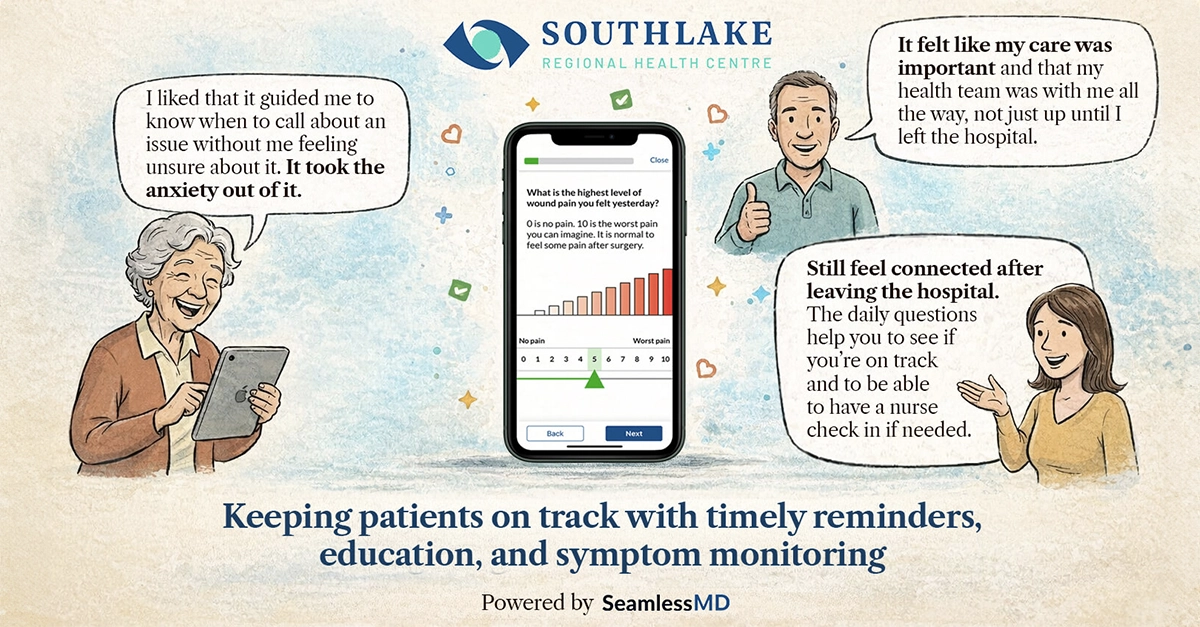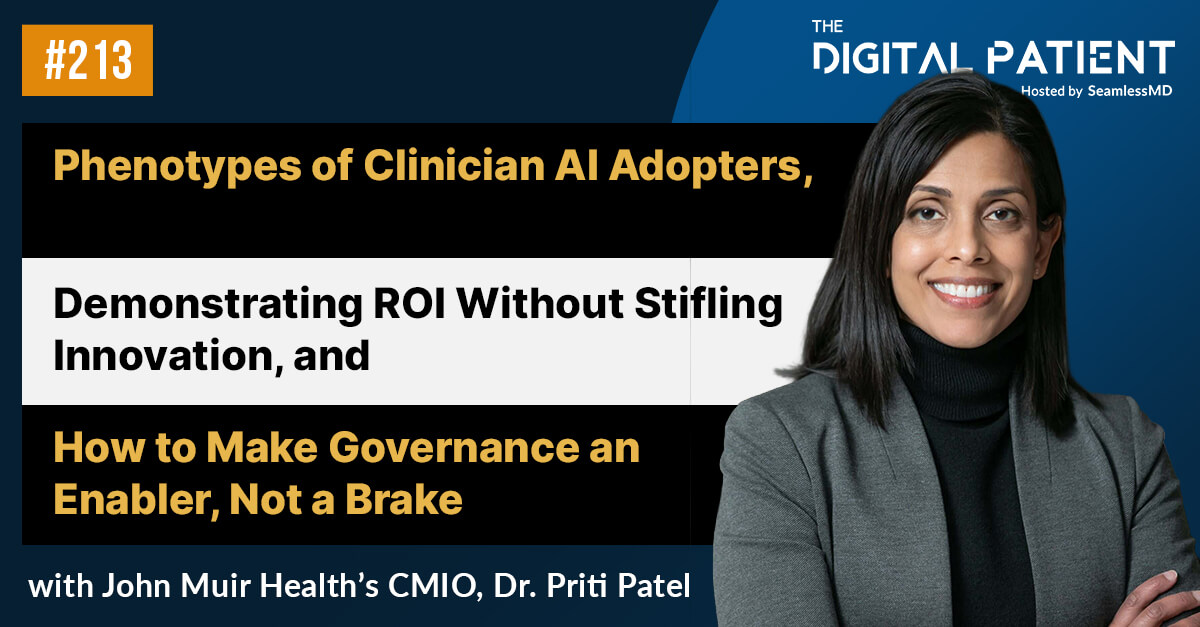With increasing patient expectations for digital care since the COVID-19 pandemic, many healthcare providers have considered implementing a Surgical Remote Monitoring program to increase patient access to care. As technology can be implemented across a wide range of surgical procedures to enhance a patient’s surgical journey from pre-op preparation through recovery, it is important to first identify the best initial use cases for the technology.
Once you select your priority use cases, you want to establish success criteria to measure the performance of the program. This is important to determine upfront because the success criteria you choose will inform how to best implement the platform in your clinical workflow (e.g. if readmissions prevention is a priority, then real-time alerts and monitoring may be more important for you).
SUCCESS CRITERIA TO CONSIDER:
Patient Engagement:
- Adoption rates
- Usage rates (e.g. survey completion)
Patient Self-Reported:
- Improvement in patient satisfaction (utilizing patient experience surveys)
- Improvement in provider satisfaction (utilizing internal feedback/experience surveys)
Hospital Chart Review:
- Reduction in surgical cancellations;
- Reduction in readmissions;
- Reduction in ER visits;
- Reduction in length of stay;
- Reduction in total cost of care;
MEASURING PERFORMANCE:
When Thunder Bay Regional Health Sciences Centre (TBRHSC) first partnered with SeamlessMD, their focus was on reducing post-discharge ED Emergency Room (ER) visits and readmissions, as well as shifting more procedures to same-day surgeries to minimize in-person visits. After implementing SeamlessMD, TBRHSC saw improved patient outcomes, including:
- 95% Activation rate
- ↓41% ED visits
- ↓4% readmissions
- 94% of patients would recommend SeamlessMD
- 39% of patients said SeamlessMD helped to avoid 1 or more calls to the hospital after surgery
TBRHSC has since implemented SeamlessMD for its Shoulder, Colorectal and Bariatric surgery programs, and is actively rolling out SeamlessMD for its Spine, Urology, Thoracics and Breast Cancer surgery programs.
It is important for your hospital administrators and executives to be engaged in this process and aligned on the success criteria. For your long-term sustainability plan (i.e. how this program is funded), it is critical that the hospital leadership team is on the same page for how ROI for the initiative would be determined.
Check out our podcast episode on “How to Implement Surgical Remote Monitoring” where we discuss the topic in-depth below:
Want a step-by-step plan to help you get started with a Surgical Remote Monitoring program? Download our free whitepaper here for a practical guide on how to get started with a Surgical Remote Monitoring program today.
.svg)










.png)
